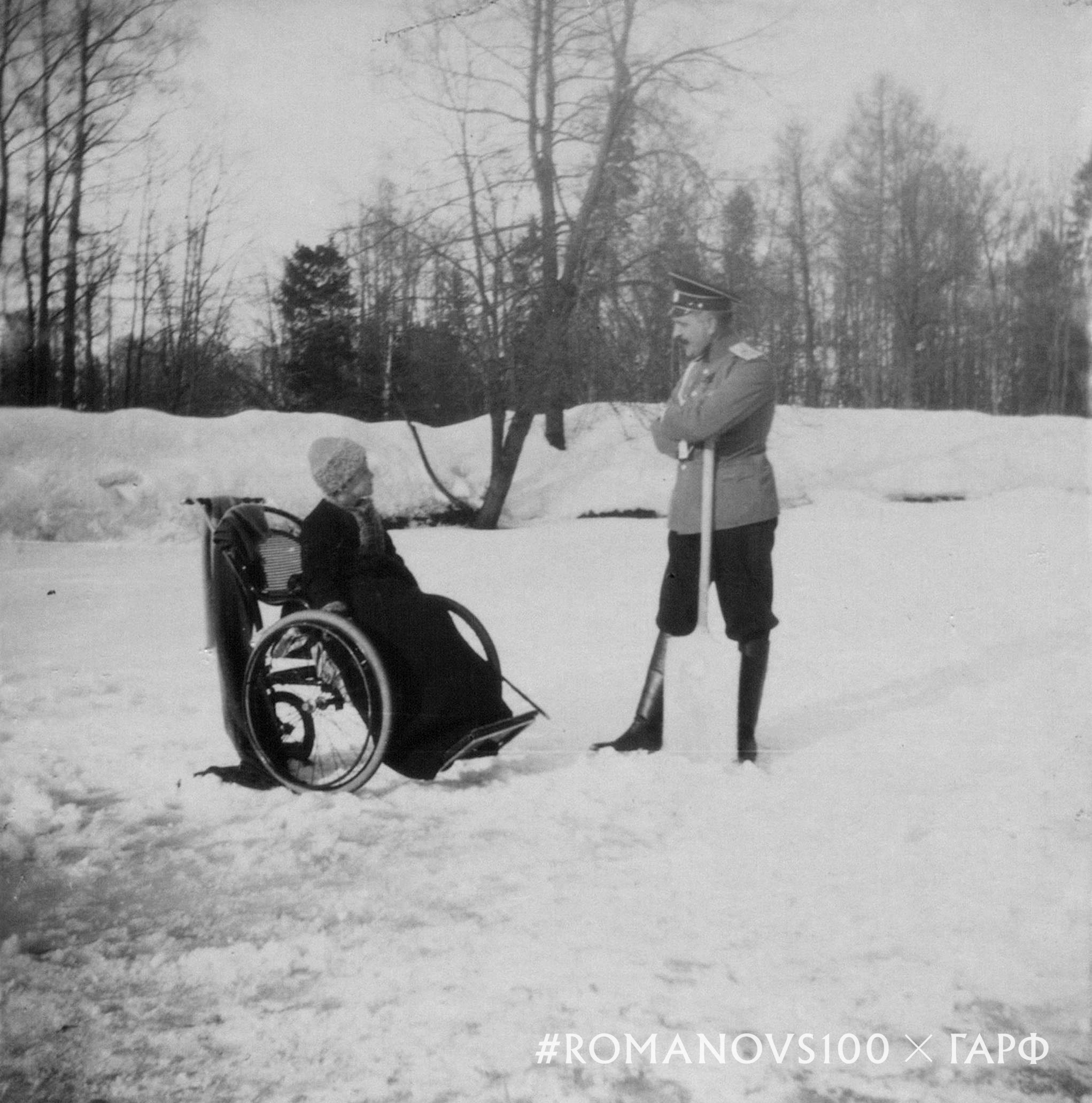Growing up with haemophilia B, I have always been interested by the royal link to my condition. The heir to the Romanov throne, Prince Alexei is probably the most famous person to have had the condition, and I’ve always been fascinated by the stories of the miracle “healer” Rasputin.
Of course, Alexei lived during a time when haemophilia hadn’t even been identified and no treatment existed. Records describe his suffering, often being bed-bound and carried around. I know how painful bleeds can be, even in the presence of treatment.
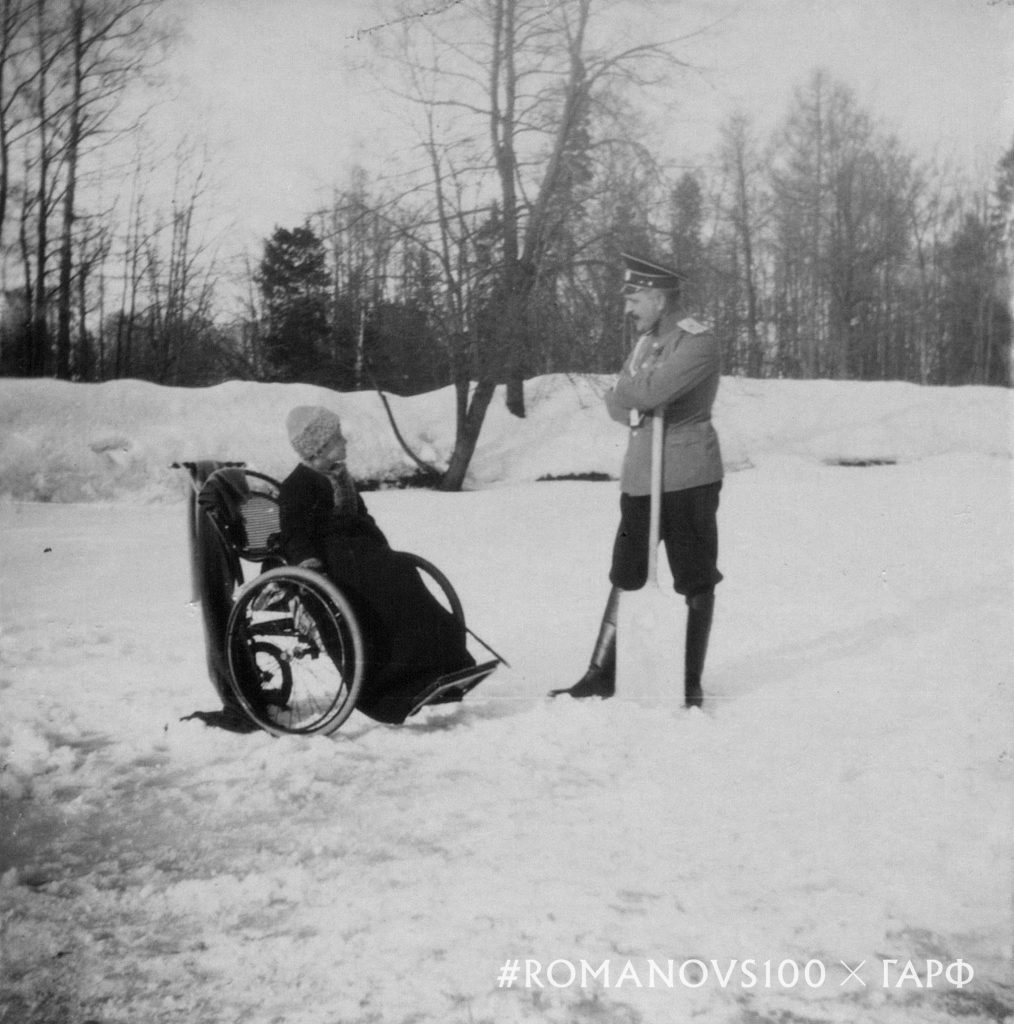
Growing up severe haemophilia B didn’t exactly contribute to a normal childhood, but then again what really is “normal” anyway?
Whilst haemophilia has impacted my life in many ways, I can draw more positives than negatives from my experiences. Now, at the age of 24, it’s just a part of who I am, something I have adapted to, but not the thing that defines me.
Perhaps one of the most challenging moments growing was having to learn how to intravenously inject myself. People with severe haemophilia B need to inject a treatment called factor IX. It’s an important protein which helps blood to clot, which my body doesn’t produce on its own. I inject it every couple of days, which temporarily replaces the missing protein and treats bleeds if and when they happen.
I am at risk of prolonged and painful internal bleeding in to my muscles and joints, which can lead to joint damage and arthritis. Sadly, this is something I have acquired after many bleeds in to my ankles, but you learn to adapt and live with it.
And no, I won’t bleed to death if I get a papercut!
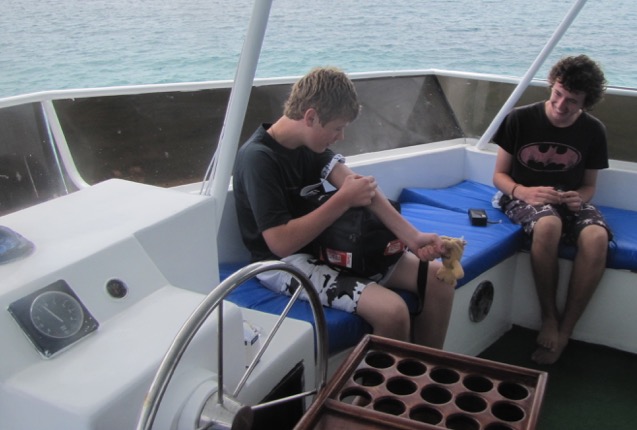
Credit: Luke Pembroke
For a 7-year-old, injecting factor isn’t an easy skill to learn. I’d miss my vein a lot, it would be painful and I’d get extremely upset. It took a fair few years before I could safely call myself a “pro” at injecting myself, but I count myself very lucky that I live at the time when haemophilia is well understood and treatment is available.
I can only begin to imagine how painful and scary it must have been for Alexei, especially with no treatment available for his condition, and at a time when doctors didn’t understand what caused these bleeds.
In many of the famous photographs of Tsarevich Alexei he is posed with a box under one foot, thought to be because his knee joint was so severely damaged from bleeding that he wasn’t able to straighten it. Fortunately, I haven’t sustained joint damage this severe.
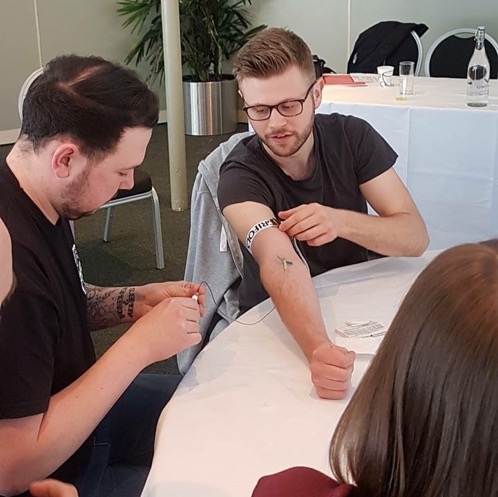
I am one of the lucky ones. I was born in the “right place, at the right time.”
Right now 75% of people with haemophilia in the world do not have access to adequate treatment so many people with the condition don’t make it to adulthood, or live with joint deformation like Tsarevich Alexei experienced.
I’ve travelled to meet people living with haemophilia whose quality of life is significantly impacted due to healthcare and treatment inequality. These experiences have been extremely humbling and helped put a lot of things in perspective for me.
This is one of the main reasons I now dedicate much of my time to the haemophilia community, which has been one of the most influential things in helping me accept and embrace my condition.

Credit: Luke Pembroke
Seeing Alexei’s experiences and treatment he would have received in The Last Tsar: Blood and Revolution, it’s incredible to see how much life for people with haemophilia has changed. But I want to see that all of those living with haemophilia have access to safe, effective treatment and equal opportunities in life.
Looking back through history can show us how far we have come, but at the same time, show us how much more there is still to do.
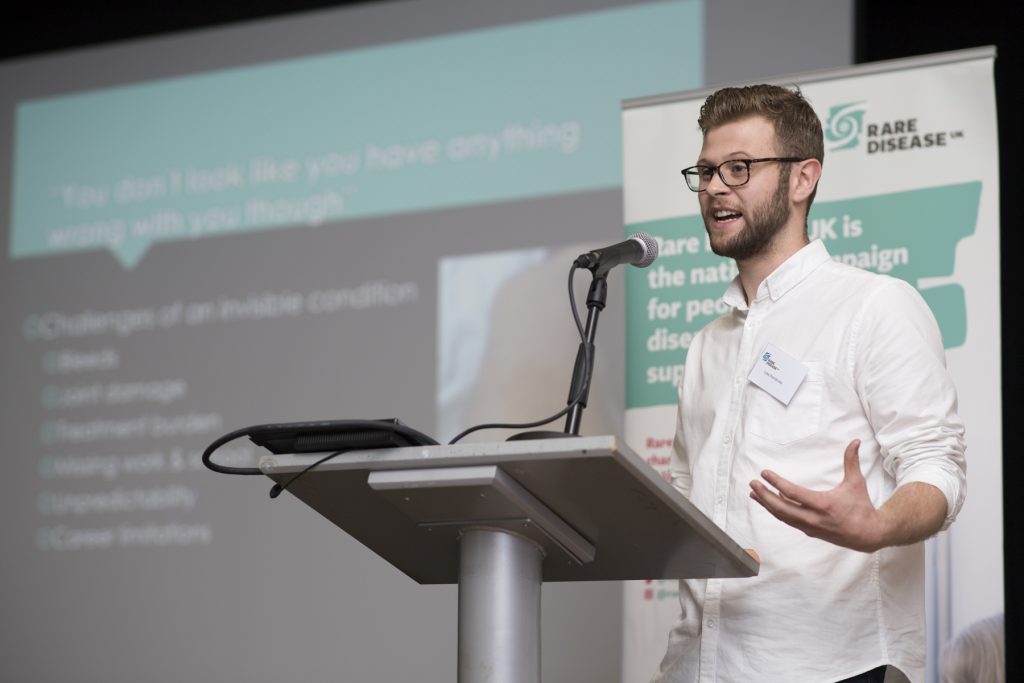
Hear more from Luke on Twitter and Facebook.
This blog was written alongside our free exhibition The Last Tsar: Blood and Revolution, exploring the life and death of Tsar Nicholas II and his family and the forensic investigation into their murder. Discover more about the science behind one of the greatest mysteries of the 20th century in this series of blog posts.
